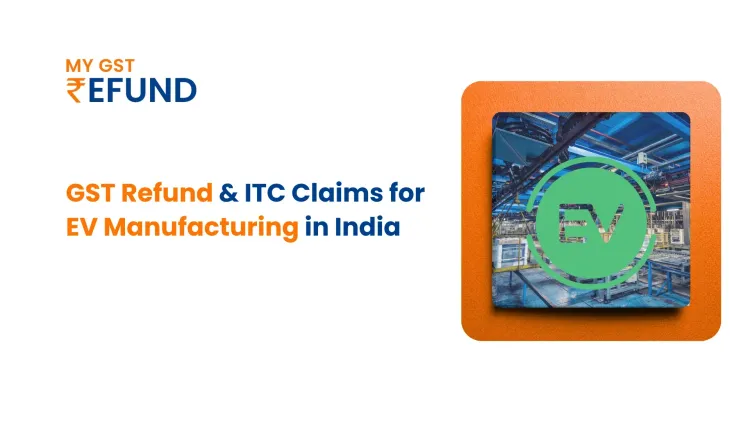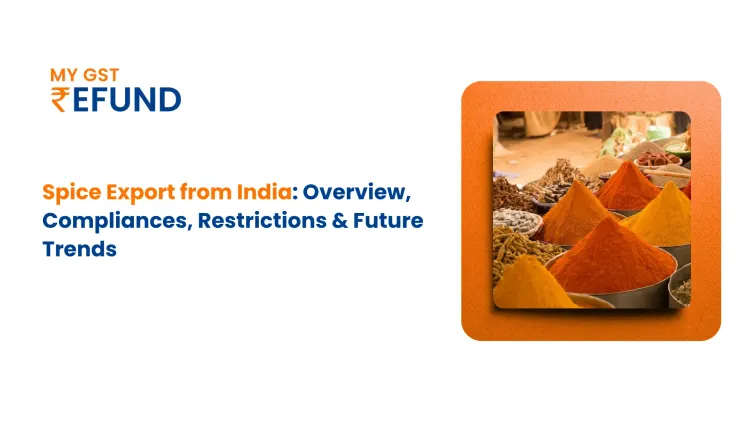In the dynamic business world, mergers and acquisitions (M&A) are prominent corporate actions that often make news headlines. India is a leading nation in this field, with many Indian companies showing a preference for M&A. These strategic actions involve two or more companies joining forces, each type bringing its own implications.
Merger

A merger is when two or more corporate firms agree to combine their operations to form a new entity by exchanging shares. For example, imagine your favorite local coffee shop joining forces with another, forming a dream team of baristas. This merger combines the best coffee blends, cozy atmospheres, and a broader menu. Now, you can enjoy your favorite espresso and try new blends, all in one place, creating a more fulfilling coffee experience for everyone.
Types of Merger
Horizontal Merger
When two or more companies in the same industry merge, it's called a horizontal merger. The goal is typically to boost market share, decrease competition, and achieve economies of scale. For example, the merger of Vodafone with Idea Cellular in 2018 united two telecom giants, blending their innovative capabilities.
Vertical Merger
In a vertical merger, companies within the same supply chain or distribution channel join forces. This integration aims to streamline operations and lower costs. For example, the acquisition of Whole Foods by Amazon in 2017 illustrates a vertical merger, as it combined an online retail giant with a physical grocery chain.
Conglomerate Mergers
When companies from unrelated industries merge, it's called a conglomerate merger. This type diversifies the business portfolio, spreading risk and potentially unlocking new synergies. For example, the merger of AOL and Time Warner in 2000 was a notable conglomerate merger, combining internet services with media and entertainment.
Concentric Merger
This involves companies that are in related industries and share similar technologies, markets, or customers but are not direct competitors. The goal is to achieve synergies by combining complementary resources. An example of such a merger could be when PepsiCo merged with Gatorade and Tropicana Juice.
Acquisition

An acquisition occurs when one company purchases another or gains a majority stake in it. It involves one firm taking ownership of another corporate entity. Acquisitions are often referred to as takeovers. Typically, two parties are involved: the acquiring party, which buys the majority of shares or gains ownership of the acquired company, and the acquired party, which relinquishes its majority shares or ownership to the acquiring company.
A recent trend in the Indian corporate sector is Indian businesses acquiring foreign companies. For example, Mukesh Ambani-led Reliance Industries recently acquired Hamleys, one of the world's oldest toy retailers.
Types of Acquisition
Friendly Acquisition
In a friendly acquisition, the target company's management and board of directors are supportive of the acquisition. The two companies collaborate to negotiate and complete the transaction.
Hostile Acquisition
In a hostile acquisition, the acquiring company makes an offer to purchase the target company despite opposition from the target company's management and board of directors. This type of acquisition typically involves direct negotiations with the target company's shareholders.
Asset Acquisition
In an asset acquisition, the acquiring company purchases specific assets or divisions of the target company instead of buying the entire business. This approach allows the acquirer to selectively choose assets that align with its strategic objectives.
Stock Acquisition
In a stock acquisition, the acquiring company purchases the outstanding shares of the target company. This results in the acquiring company gaining control and ownership of the entire target company.
Reverse Acquisition
In a reverse acquisition, a private company acquires a public company. This provides the private company with a faster and less complex way to go public by merging itself with an already publicly traded entity.
Why do companies pursue Mergers and Acquisitions ?
Strategic Growth: Companies merge to grow their market presence, reach new customers, and achieve economies of scale for profitability.
Diversification: Mergers and Acquisitions allow companies to expand their product or service offerings, reducing dependence on a single market segment and lowering risks.
Cost Savings: Combining resources often cut costs through better operations, shared technologies, and removing unnecessary duplications.
Market Entry: M&A serves as a strategic way to enter new markets, helping companies establish themselves or gain an advantage over competitors.
Impact on Shareholder
Stock Price Changes Share prices can swing during mergers and acquisition announcements as different investors weigh how the merger will affect the combined company's value.
Potential for Profits Shareholders of the acquired company may gain as they get a premium on their shares, while those of the acquiring company expect future growth.
Risks and Unknowns mergers and acquisitions involve risks like integration issues and cultural differences. Shareholders need to be aware of potential downsides.
Long-Term Value M&A success is judged by the lasting value it brings shareholders, which hinges on smooth integration and strategic fit.
Conclusion
In conclusion, mergers and acquisitions (M&A) are strategic tools for companies looking to expand market presence, diversify offerings, cut costs, and enter new markets. These actions affect shareholders through changes in stock prices, profit potential, and risks. Success hinges on integrating effectively and aligning with strategic goals, aiming to create lasting value for stakeholders in a changing business environment.
Also read - GST Refund Process, Claim and Time Limit
Related Posts







